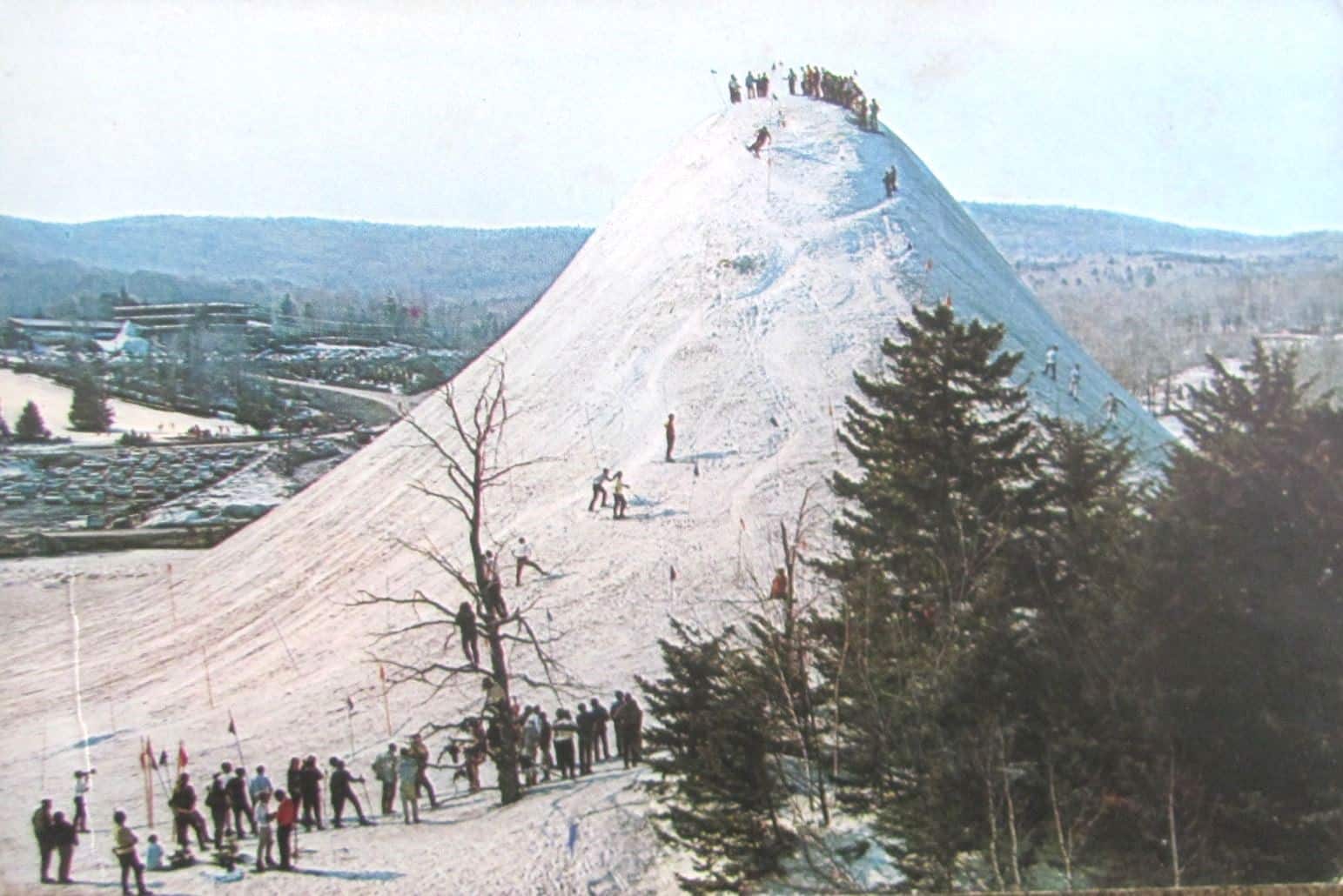
I found an interesting item in an 18th century Boston ledger. All entries are written in ink with quill pen. I have copied it as written including spelling. At this time in New England we were still writing in the Old English style. It was common in those days, when a word such as “darkness” was written, to be written as “darknefs. I think you can figure out other misspelled words. That’s what makes it fun for me. I like “a bought” (about).
As you read this try to imagine life 240 years ago. I lost power for two days a while back. I used candles. Thankfully I had a woodstove for backup. No phone, internet, or television, just Henry. Now try to imagine this was your daily life year after year. What would you have made of this mysterious event?
The ledger entry
“May the 19, 1780
a very unusual Darknefs it begun abought tenn a clock in the day it was so dark that I was oblige to lite a candel to Right and I see candels lit in other houses and it be gun to growe lighter a bought one a clock and the night foloing was as dark acordingly sum thought the thicknefs of the clouds was the accut sum said the plantes”
In this ledger, I also found a 1950 newspaper clipping.
1950 newspaper
“There was considerable rainfall accompanied by thunder peals throughout the New England states on the “dark day” of May 19, 1780 and the water was found to be thick, dark and sooty. Rain water collected in barrels bore a light scum resembling burnt leaves and had a sooty smell. On the Merrimac River, large quantities of scum floated during the day. Astronomers established that the darkness was not due an eclipse. One of the theories, which found acceptance among the uninformed, was something like this:
The heat of the sun causes an ascent of numerous particles of different qualities—aqueous, sulphurous, bituminous, salinous and the like. So fumes from volcanoes, together with all kinds of smoke, fill the air together with salt, snow water and similar sources. Exhaled into the regions of the air, they may be rarified or condensed by motion or compression.
So a vast collection of such particles caused the “dark day” was the triumphant conclusion. In other words, these particles driven together by opposing winds, attained a density and weight sufficient to blanket the rays of the sun by day and the moon by night.”
From Wikipedia
“The earliest report of the darkness came from Rupert, Vermont, where the sun was already obscured at sunrise. Professor Samuel Williams observed from Cambridge, Massachusetts, “This extraordinary darkness came on between the hours of 10 and 11 a.m. and continued till the middle of the next night.” Reverend Ebenezer Parkham of Westborough, Massachusetts, reported peak obscurity to occur “by 12”, but did not record the time when it first arrived. At Harvard College, the obscuration was reported to arrive at 10:30 a.m., peaking at 12:45 p.m. and abating by 1:10 p.m., but a heavy overcast remained for the rest of the day. The obscuration was reported to have reached Barnstable, Massachusetts by 2 p.m., with peak obscurity reported to have occurred at 5:30 p.m.
Roosters crowed, woodcocks whistled, and frogs peeped as if night had fallen at 2 p.m. in Ipswich, Massachusetts. A witness reported that a strong sooty smell prevailed in the atmosphere, and that rain water had a light film over it that was made up of particles of burnt leaves and ash. Contemporaneous reports also indicated that ash and cinders fell on parts of New Hampshire to a depth of six inches.”
Rupert, Vt. is one of my favorite Vermont towns. I refer to it as, “The town time forgot.” If you haven’t been there you should go.
While some might say this isn’t local history, it did affect us. Further, my interest in history is much broader than just local history. This was new to me, so why not share.
I didn’t have an appropriate photo for this article so I include this postcard. The caption reads: “In the middle of Snow Lake, at the base the mountain, is the famous Mt. Snow Fountain. During winter months it’s 350’ stream builds a huge “Fountain Mountain”. Shown here is a Fountain Mountain slalom race.” Photo dates to the 1950s-1960s.
This week’s old saying was an ad for an automobile radiator repair shop: “Best place in town to take a leak.”